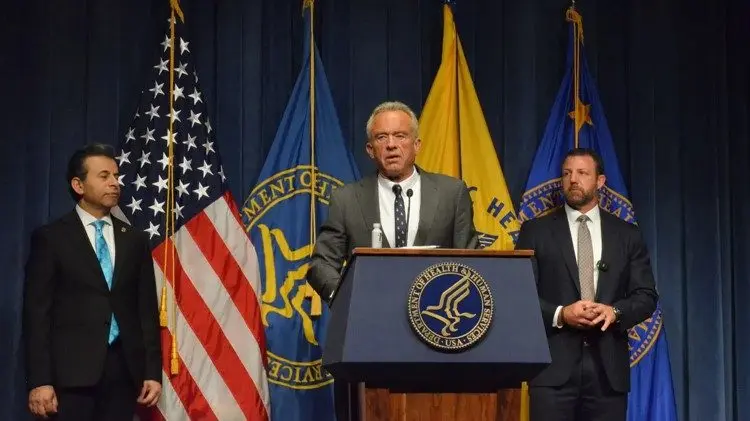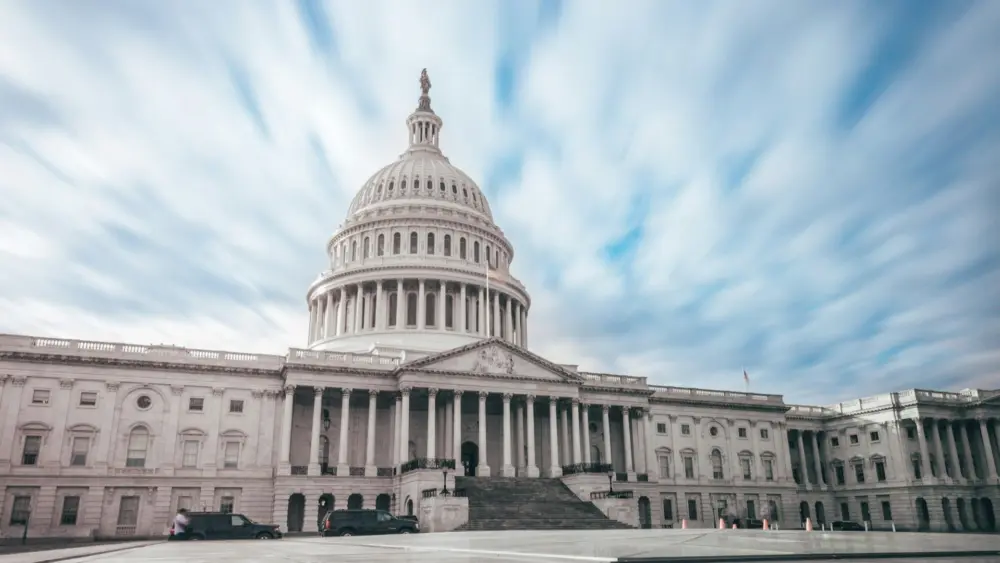WASHINGTON, D.C. – College students receiving federal aid and higher education institutions are set to face major changes to loan borrowing and repayments as early as July 2025, if President Donald Trump’s “big, beautiful bill” passes the Senate.
The multitrillion-dollar, One Big Beautiful Bill Act, compiled from 11 House committee prints fulfilling the Republican budget resolution’s spending and saving instructions, includes multiple changes to the federal student aid system that would save nearly $350 billion over the next decade.
One of the most notable inclusions within the bill’s Student Success and Taxpayer Savings Plan effectively penalizes higher education institutions that allow students to take out unaffordable levels of debt.
If a graduate defaults on her student loans, the graduate’s school would have to pay a percentage of the unpaid balance based on how much a return on investment that borrower’s degree provided, at the risk of the school losing access to federal student aid.
Republicans argue that requiring institutions to pay interest on late payments will make colleges “have skin in the game” when it comes to their students’ debt.
Another big provision in the legislation caps the amount of federal aid a student can annually receive at the median cost of college, i.e., the national median cost of attendance for students enrolled in the same program of study.
The legislation also terminates the multiple Income-Contingent Repayment plans available, shrinking student loan repayment options to a standard repayment plan or a repayment assistance plan based on the borrowers’ income, called an IDR.
The IDR would allow borrowers with lower incomes to pay a lesser percentage of their monthly income, capped at 10%. The government would also waive the loan interest portion if the monthly payments do not cover interest, ensuring that borrowers who make regular payments don’t see their outstanding balance go up.
And while the bill axes the 2023 SAVE loan repayment program, which amounted to potentially billions in complete loan forgiveness for thousands of student borrowers, any borrowers on the IDR plan making regular payments would see their outstanding balance discharged after 30 years. It also allows borrowers on either plan with defaulted loans to rehabilitate their loans twice instead of once.
But Democrats and multiple education organizations are condemning changes to Pell Grants that restrict eligibility to students taking more than six credit hours and expanding eligibility to low-income students in short-term workforce-aligned programs.
Roughly 4 million students could see their Pell Grants reduced or eliminated under these changes. The bill also eliminates subsidized student loan options and Grad PLUS loans, as well as restricts Parent PLUS loans.
The nonpartisan Committee for a Responsible Federal Budget, National Association of Scholars, Center for Urban Renewal and Education, America First Policy Institute and American Enterprise Institute are among the organizations supporting the legislation, claiming it will help address the root causes of the student loan debt problem.
However, the National Association of Student Financial Aid Administrators, Association of American Universities, American Association of Community Colleges, American Association of State Colleges and Universities and American Council on Education all oppose the bill, arguing it will make it harder for low-income students to afford college.





